The deepfake app market is growing quickly as a result of artificial intelligence. Deepfakes have developed into effective tools that are no longer just viral memes or uncanny impersonations. The top 5 deepfake websites and apps, both free and premium, that are transforming digital media will be examined in this article.
Part 1. What Is a Deepfake?
A deepfake is a form of synthetic media that creates or modifies visual and aural information using deep learning algorithms. These technologies make it possible to clone voices, change features, and copy actions with startling realism. Although the idea was first contentious, deep fakes apps are now professionally employed for marketing campaigns, virtual training, movies, and other purposes.
Deepfake tools automate tasks that previously required hours of visual effects effort by combining AI, computer vision, and neural networks. The outcome? Anyone with a computer or smartphone may create hyper-realistic entertainment.
Part 2. 5 Best Free & Paid Deepfake Apps for 2025
Here are the best deep fakes websites, some are free and some are paid:
1. Deepfakes Web
For producers looking for accuracy and control in the creation of synthetic media, Deepfakes Web remains the preferred deepfake website. It is full of cutting-edge technologies that enable you to create attention-grabbing content and accurately switch faces. The platform guarantees smooth, high-quality results for everything from media narrative to memes because of its AI-enhanced interface.
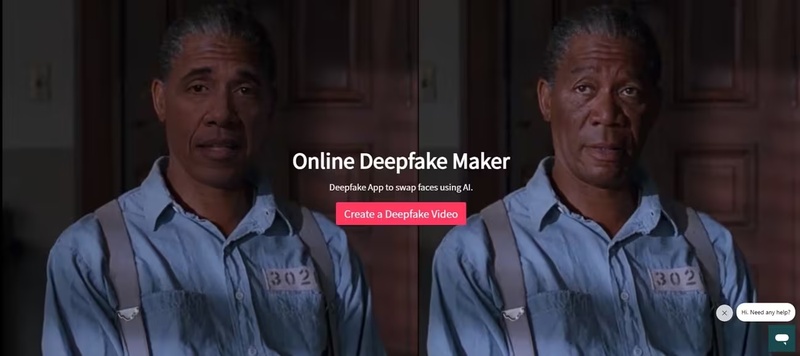
Key Features
-
Strong privacy protection
-
Real-time video previewing and editing.
2. DeepFaceLab
A professional-grade deep fake generator website free designed for those seeking complete creative freedom, is called DeepFaceLab. It allows you to conduct face-swapping in films using sophisticated algorithms and customised settings, making it a favourite among both novice and seasoned designers. With its wide range of modification options, including lighting and stylistic changes, users can produce remarkably precise results.
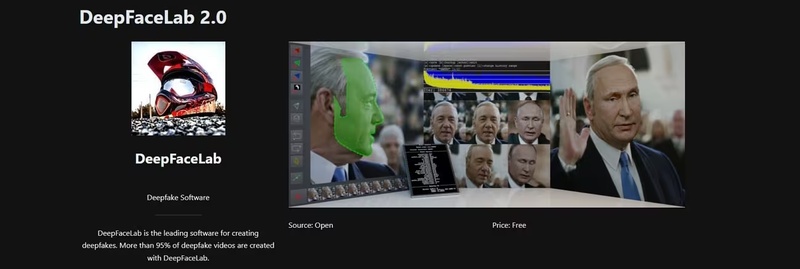
Key Features
-
Support batch processing
-
Real-time preview
3. DeepBrain
DeepBrain is an exceptional AI deepfake application that lets you easily create digital content of studio quality. Users can produce deepfake videos that remarkably accurately replicate human facial expressions and movements because of their video synthesis capabilities. The platform is appropriate for personal use, business videos, and anything that demands a high level of realism.
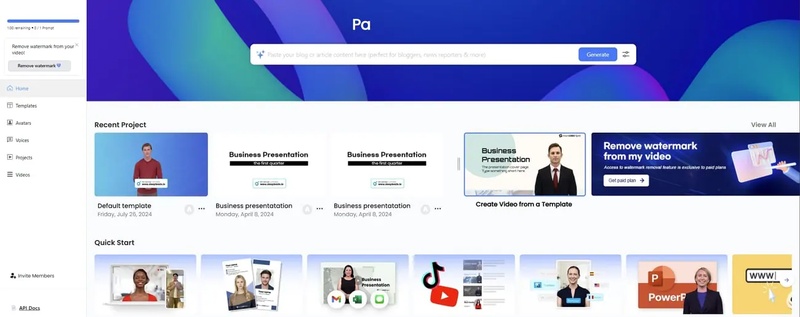
Key Features
-
Advanced facial rendering
-
Great for polished content
4. AnyoneSwap
For developers of all skill levels, AnyoneSwap is a user-friendly and adaptable deepfake website. Using cutting-edge AI processing, it produces quick, fluid, and convincing results with support for both photo and video face swaps. Its user-friendly design guarantees a smooth creative experience while providing practical modification capabilities.
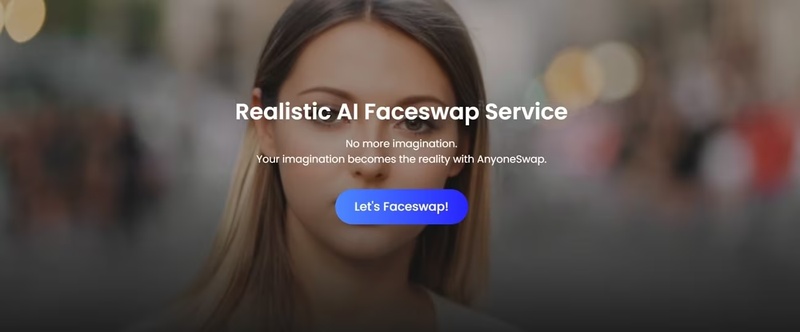
Key Features
-
Offers multiple face-editing tools
-
Fast rendering speed
5. Virbo AI Deepfake Maker
One of the most popular deepfake tools available is Virbo AI. This deepfake tool, which was created with power and simplicity in mind, uses cutting-edge AI to assist users in creating incredibly lifelike face-swapped videos with a few clicks. Virbo produces amazing outcomes with little work, whether you are making a humorous celebrity clip, producing branded video content, or increasing your social media presence.
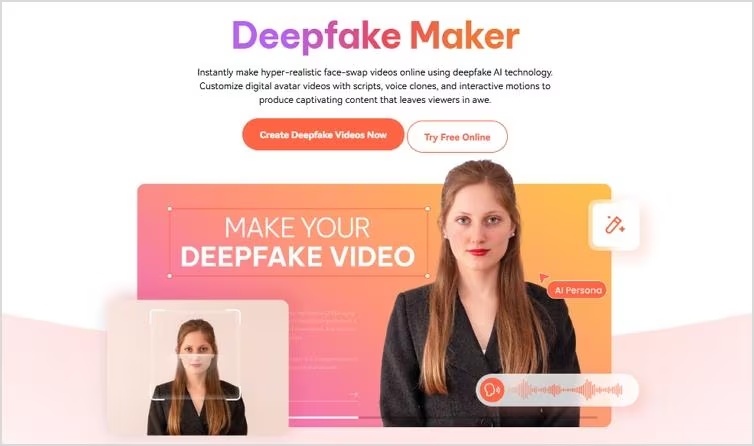
Key Features
-
Built-in natural AI voiceovers.
-
Offers multiple languages
Part 3. Bonus Tip: Translate Your Deepfake Videos into Any Language
Making your content comprehensible to people worldwide is the first step in growing your audience. One of the best strategies to reach a wide range of viewers is to translate your deepfake videos into several languages, regardless of whether you are a social media influencer, business owner, or lone artist. With just a few clicks, the BlipCut AI Video Translator can transform your imaginative clips into multilingual masterpieces.
Step 1: Open BlipCut AI Video Translator
Launch the AI-powered video translation tool on the official BlipCut AI Video Translator website to get started. After gaining access to the dashboard, select the Video Translator option. This is where you can upload and convert short-form or deepfake videos.

Step 2: Import the Video You Want to Translate
Whether it is an AI-generated deepfake, promotional ad, instructional film, or product teaser, upload your video. No matter what kind of content you have, BlipCut AI Video Translator makes it simple to get started by supporting all of the most common video and audio file formats, including MP4, MOV, AVI, MP3, and WAV.

Step 3: Select a Target Language and Voice Style
Next, select the language in which you would like your video to be dubbed. You can quickly localise your video for any audience with support for over 70 languages, including Hindi, Spanish, Arabic, French, Portuguese, Japanese, and more. You can also select a voice that fits the tone of your article, such as formal, upbeat, serene, daring, and more.

Step 4: Translate, Preview, and Export
Once your settings are complete, click Translate. BlipCut AI Video Translator synchronises your narration and images in a matter of seconds, guaranteeing a polished and seamless outcome. Once finished, download the high-quality translated video after previewing it to ensure everything sounds perfect. You may now distribute your material on Instagram Reels, TikTok, YouTube Shorts, and any other site where global visibility is important.

FAQs About Deepfake Apps
Q1. Is Watching a Deepfake Illegal?
A1: In most countries, it is lawful to watch deepfakes, but it may be against the law to produce or distribute damaging or misleading deepfakes. Use deepfakes app tools sparingly at all times.
Q2. How to find AI Deepfake Images?
A2: Images can be uploaded to several deepfake websites to produce deepfake results. Image-based generation is provided by programs like DeepSwap and Wombo AI.
Q3. How to tell if a Video is a Deepfake?
A3: Keep an eye out for minor indicators such as pixel blur around the face, irregular lighting, audio latency, or abnormal blinking. Utilise programs such as Microsoft's Deepfake Detector to examine dubious material.
Q4. How to Fake Face in a Video?
A4: To switch faces in a video, use a deepfake software such as Reface or DeepFaceLab. These techniques use artificial intelligence to create realistic overlays and map face movements.
Conclusion
The deepfake app ecosystem has developed into a collection of potent tools that range from professional-level storytelling to viral amusement. Today's artists are able to automate production processes that used to take days, engage global audiences, and create hyper-realistic content with ease. The possibilities are not limited to language thanks to developments like BlipCut AI Video Translator, which provides multilingual deepfakes and genuinely global participation.
Leave a Comment
Create your review for BlipCut articles



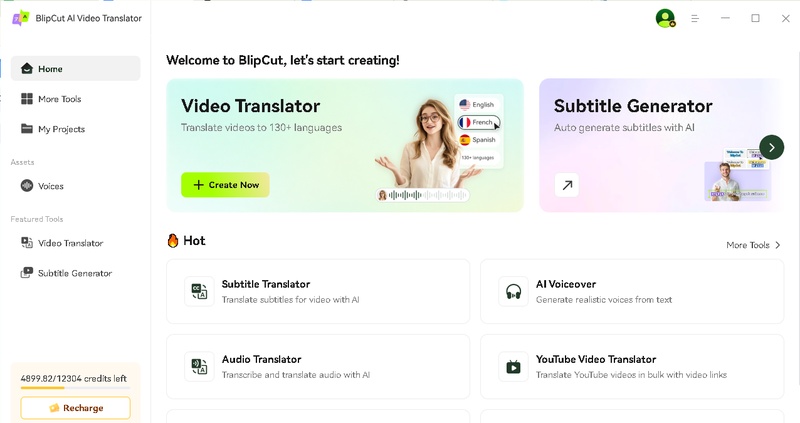
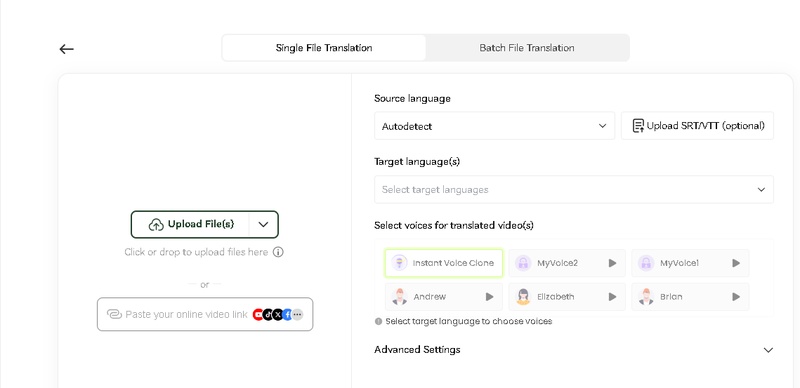
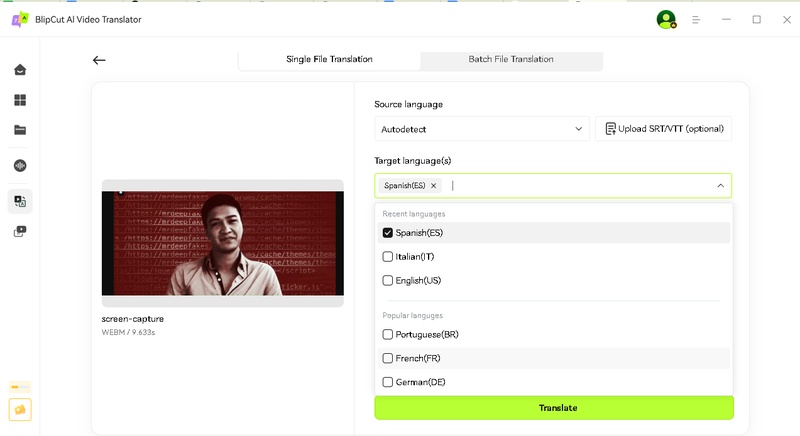
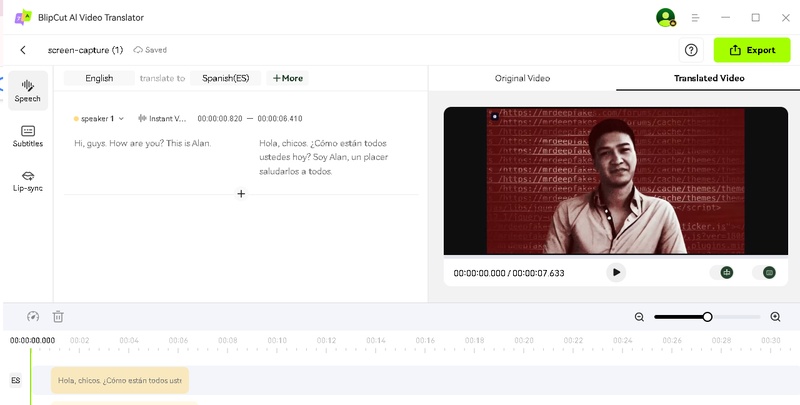

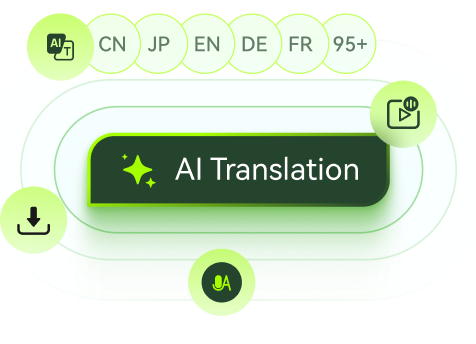

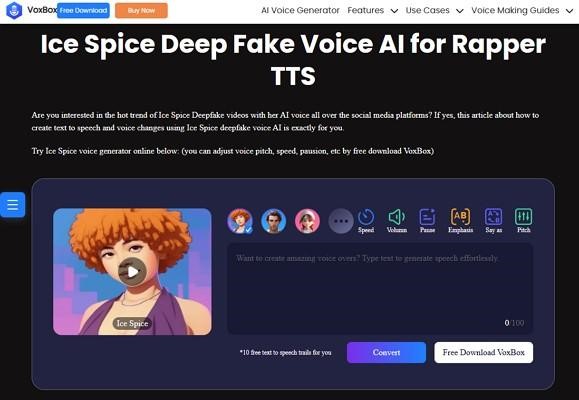

Blake Keeley
Editor-in-Chief at BlipCut with over three years of experience, focused on new trends and AI features to keep content fresh and engaging.
(Click to rate this post)